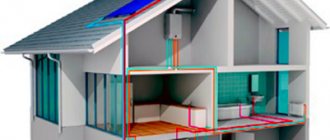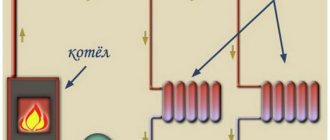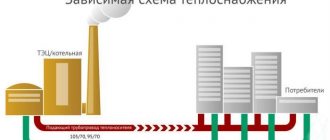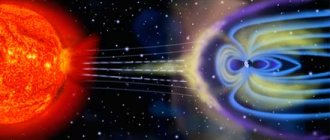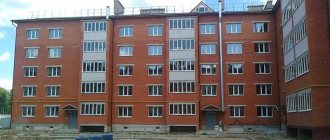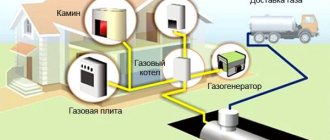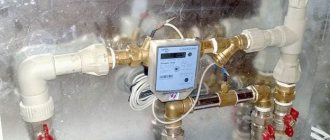Order of conduct
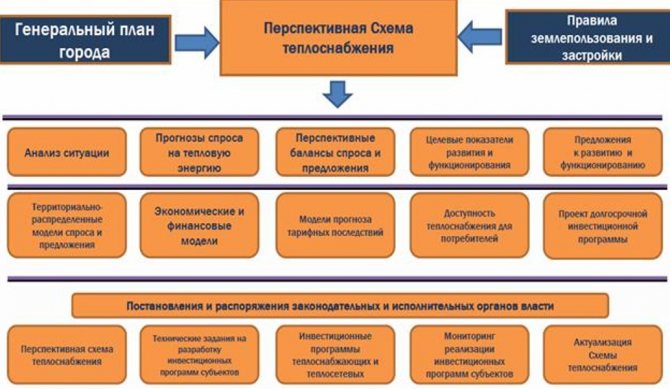
The events are carried out in accordance with clause 22 of Federal Law No. 154. The revision and amendments to the existing documents are underway in terms of:
- Redistribution of heat load between heat producers.
- Development of technical solutions for connecting new facilities to existing heating networks.
- Creation of conditions for the transfer of consumers to sources of combined heat and power generation.
- Carrying out measures to re-equip outdated boiler houses into enterprises that generate heat and electricity.
- Creation of new and reconstruction and technical re-equipment of old facilities for the production and transportation of heat.
- The balance of fuel resources and the creation of an emergency reserve to ensure uninterrupted supply of thermal energy to the consumer.
- Making changes in accordance with the new financial realities.
After that, the new scheme is approved and publicized.
Advice: These measures are necessary, since, according to experts, more than 50% of city heating networks and about 90% of heat supply schemes for settlements and villages were created in Soviet times. In post-Soviet times, these systems were transferred to the balance sheet of municipal bodies without the necessary documents, which were subsequently drawn up quite formally. This has led to the fact that at present the passports of heating systems of the overwhelming majority of settlements do not actually correspond to reality.
Heat supply scheme for the city of Novosibirsk until 2034 (updated for 2020)
Heat supply scheme for the city of Novosibirsk until 2034 (updated for 2020)
Chapter 1. The current situation in the field of production, transmission and consumption of heat energy for heat supply
Chapter 2. Existing and prospective consumption of heat energy for heat supply
Chapter 3. Electronic model of the heat supply system
Chapter 4. Existing and prospective balances of heat output of heat sources and heat load of consumers
Chapter 5. Master plan for the development of heat supply systems in the city of Novosibirsk
Chapter 6. Existing and prospective balances of the performance of water treatment plants and the maximum consumption of the coolant by heat-consuming installations of consumers, including in emergency modes
Chapter 7. Proposals for the construction, reconstruction and technical re-equipment of thermal energy sources
Chapter 8. Proposals for the construction and reconstruction of heating networks and structures on them
Chapter 9. Proposals for the transfer of open heat supply systems (hot water supply) to closed hot water supply systems
Chapter 10. Prospective fuel balances
Chapter 11. Assessment of the reliability of heat supply
Chapter 12. Justification of investments in construction, reconstruction and technical re-equipment
Chapter 13. Indicators of the development of heat supply systems in the city of Novosibirsk
Chapter 14. Price (tariff) consequences
Chapter 15. Register of unified heat supply organizations
Chapter 16. Register of heat supply scheme projects
Chapter 17. Comments and suggestions to the draft heat supply scheme
Chapter 18. Consolidated volume of changes made when updating the heat supply scheme for 2020
Chapter 19. Consolidated volume of changes made when updating the heat supply scheme for 2020
Chapter 20.Consolidated volume of changes made when updating the heat supply scheme for 2020
Public hearings on the draft of the updated heat supply scheme for the city of Novosibirsk until 2034 (updated for 2020)
MINUTES of public hearings on the draft updated heat supply scheme for the city of Novosibirsk until 2034 (updated for 2020)
List of participants in public hearings on the draft updated heat supply scheme for the city of Novosibirsk until 2034 (updated for 2020)
CONCLUSION on the results of public hearings on the draft updated heat supply scheme for the city of Novosibirsk until 2034 (updated for 2020)
Comments and suggestions received on the draft of the updated heat supply scheme for the city of Novosibirsk until 2034 (update for 2020)
Experts' proposals for the draft of the updated heat supply scheme for the city of Novosibirsk until 2034 (updated for 2020)
In accordance with the Decree of the Government of the Russian Federation dated February 22, 2012 No. 154 "On requirements for heat supply schemes, the procedure for their development and approval", public hearings on the consideration of the draft update of the heat supply scheme of the city of Novosibirsk until 2034 (update for 2020) will be held on September 18, 2020 at 14-00 at the address:
Novosibirsk, Krasny Prospekt, 34, 2nd floor, large hall of the city hall of the city of Novosibirsk. Registration starts at 13:30.
The draft of the updated heat supply scheme for the city of Novosibirsk until 2034 (updated for 2020) is posted on the website of the Department of Energy, Housing and Utilities of the city.
Heat supply scheme for the city of Novosibirsk until 2034 (updated for 2020)
Heat supply scheme for the city of Novosibirsk until 2034 (updated for 2020)
Chapter 1. The current situation in the field of production, transmission and consumption of heat energy for heat supply
Chapter 2. Existing and prospective consumption of heat energy for heat supply
Chapter 3. Electronic model of the heat supply system
Chapter 4. Existing and prospective balances of heat output of heat sources and heat load of consumers
Chapter 5. Master plan for the development of heat supply systems in the city of Novosibirsk
Chapter 6. Existing and prospective balances of the performance of water treatment plants and the maximum consumption of the coolant by heat-consuming installations of consumers, including in emergency modes
Chapter 7. Proposals for the construction, reconstruction and technical re-equipment of thermal energy sources
Chapter 8. Proposals for the construction and reconstruction of heating networks and structures on them
Chapter 9. Proposals for the transfer of open heat supply systems (hot water supply) to closed hot water supply systems
Chapter 10. Prospective fuel balances
Chapter 11. Assessment of the reliability of heat supply
Chapter 12. Justification of investments in construction, reconstruction and technical re-equipment
Chapter 13. Indicators of the development of heat supply systems in the city of Novosibirsk
Chapter 14. Price (tariff) consequences
Chapter 15. Register of unified heat supply organizations
Chapter 16. Register of heat supply scheme projects
Chapter 17. Comments and suggestions to the draft heat supply scheme
Chapter 18. Consolidated volume of changes made when updating the heat supply scheme for 2020
Chapter 19. Consolidated volume of changes made when updating the heat supply scheme for 2020
Chapter 20. Consolidated volume of changes made when updating the heat supply scheme for 2020
Notification of the "Korpus" limited liability company about the start of updating the heat supply scheme for the city of Novosibirsk (updated for 2020)
Notice LLC "Korpus"
— — —
Notification of LLC "SIBERIAN GENERATING COMPANY" about the start of updating the "Heat supply scheme of the city.Novosibirsk until 2034 "as of 2020
Notice LLC "SIBERIAN GENERATION COMPANY"
Ministry of Energy of the Russian Federation Order No. 858 of October 8, 2020 "On approval of the updated heat supply scheme for the city of Novosibirsk until 2033"
Parsing the circuit
As you understand, the unit consists of filters, an elevator, instrumentation and fittings. If you plan to independently install this system, then it is worth understanding the diagram. A good example would be a high-rise building, in the basement of which there is always an elevator unit.
On the diagram, the elements of the system are marked with numbers:
1, 2 - these numbers designate the supply and return pipelines that are installed in the heating plant.
3.4 - supply and return pipelines installed in the building's heating system (in our case, this is a multi-storey building).
6 - this number denotes coarse filters, which are also known as mud collectors.
The standard composition of this heating system includes control devices, mud collectors, elevators and valves. Depending on the design and purpose, additional elements can be added to the node.
Interesting! Today, in multi-storey and apartment buildings, one can find elevator units that are equipped with an electric drive. This upgrade is needed in order to adjust the nozzle diameter. The heat carrier can be corrected by means of an electric drive.
It should be said that every year utilities are becoming more expensive, this also applies to private houses. As a result, system manufacturers supply them with energy-saving devices. For example, now the circuit can contain flow and pressure regulators, circulation pumps, elements for protecting pipes and water purification, as well as automation aimed at maintaining a comfortable mode.
Another variant of the scheme of a thermal elevator unit for a multi-storey building.
Also, in modern systems, a thermal energy metering unit can be installed. From the name it can be understood that he is responsible for accounting for heat consumption in the house. If this device is not present, the savings will not be visible. Most owners of private houses and apartments tend to install meters for electricity and water, because they have to pay much less with them.

